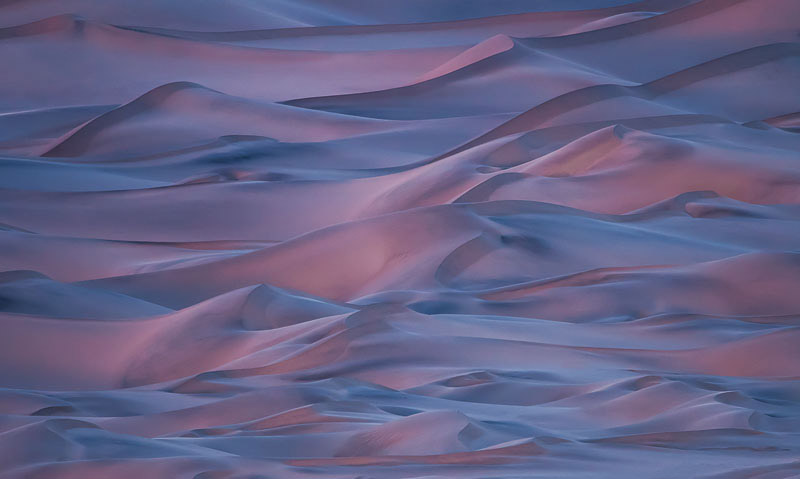
Jennifer Renwick is a landscape photographer who travels throughout the American west. Along with David Kingham, Jennifer leads workshops at locations like Death Valley National Park, Grand Staircase-Escalante National Monument, the mountains of Colorado, the canyons of Utah and Arizona, and other locations throughout the west.
I recently had the opportunity to interview Jennifer. I’m sure you will appreciate the insight that she provides, and you’ll also enjoy the showcase of her beautiful photos.
Can you tell us a little bit about yourself and how you got started in photography?
I am originally from the midwest and grew up in Illinois. My major in college was Geology, and on a college course trip out to Wyoming, I was amazed at the snow-capped mountains and scenery. Shortly after, I received my first DSLR as a gift, and I fell in love with photography. My family moved out to Denver a few years after I graduated college, and I would frequently take trips out to visit and photograph Colorado every chance I could get.
I worked in Veterinary Medicine, which was a rewarding career, but I was traveling out west more frequently, and I was getting more serious about photography. I knew eventually I would make a move to live out west, and I made that move 1.5 years ago to pursue photography full time. I teamed up with David Kingham, and now we teach landscape photography workshops throughout the American West.
Photography started out as a hobby to capture the beauty of nature and to share it with others. Still to this day, my goal is to capture the emotion and raw beauty of nature so that I can share with viewers how amazing the natural world that we live in is, and hopefully, show how important it is to preserve these special places.
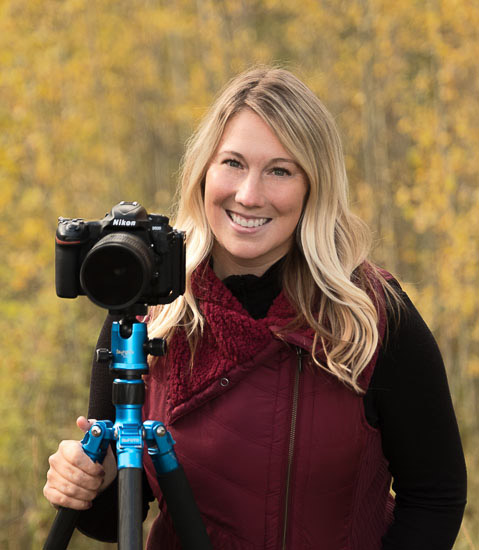
Do you have any formal photography training or education?
I don’t have any formal education in photography. When I was just starting out, I took some basic weekend courses in photography, and also attended a few workshops along with some photo processing courses through a local community college. I absorbed as much knowledge as I could from books, internet articles, and videos. I also studied the work of other photographers that I admired to learn as much as I could about the landscape photography world.
At the start of my photography hobby, I was still working a full-time job, so most of my learning occurred at night after work, and on the weekends. A lot of what I learned early on came from the kindness of other photographers at early morning or sunset shoots. Some of the photographers would start small morning small talk, and by the end of sunrise or sunset, they had taught me something new about my camera or how to shoot a scene.
That’s one of the things I enjoy most about the photography world. Meeting other photographers out and about during a shoot has given me new friends, colleagues, and lessons that I hold on to still to this day. I remember meeting a fellow photographer at the Snake River Overlook in Grand Teton National Park. He showed me his pictures from the previous night and the Milky Way. He gave me a few pointers on how to capture that, and I tried it the next night. I will be forever grateful for his kindness that morning, and for teaching me something new when I was just starting out. Photography is an ever-evolving field, and there’s always something new to learn.
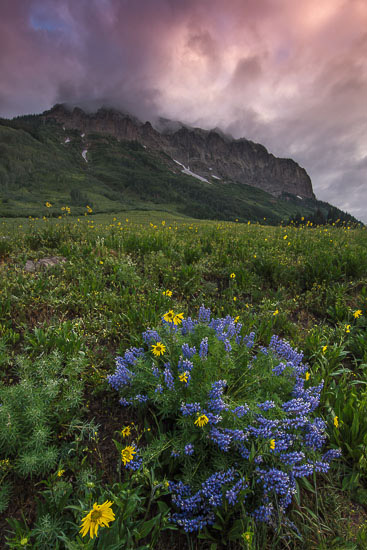
How would you describe your photographic style?
I feel that it takes awhile to find your “style” as a photographer. I still struggle with this concept, but as the years have gone by, I see certain trends that have developed in my photography. I have found that my eye tends to lean more towards the softer colors, painterly light, and intimate scenes.
There was a point a year ago when I realized that most of the time when I was out photographing, I would start out shooting a larger scene, but then I would always get distracted by the smaller elements of that scene. I would stop myself, and try to focus on the larger view at hand. I realized that I was inhibiting my own creative process by doing this, and finally stopped hindering my eyes and what they wanted to explore. I finally allowed my eyes (and camera to follow) to explore what they wanted to see. Once I realized this, I found that this is my natural style, and I had to tell myself that it’s okay to not always to focus on grand scenes. I still like to capture those vast scenes, but I enjoy the simple smaller scenes a bit more, and the stories that the more intimate views of those scenes have to tell.
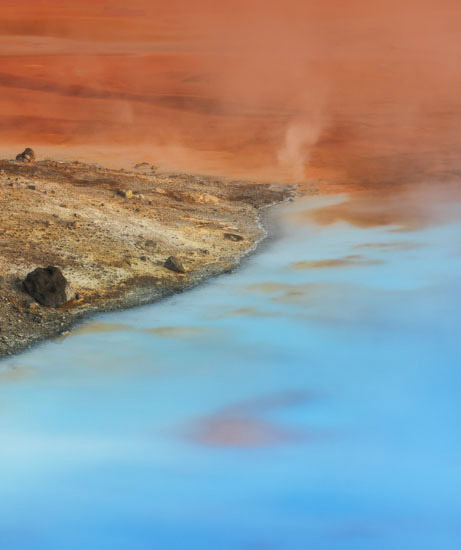
Some of my favorite photos in your portfolio are the intimate scenes. Do you have any tips for finding or composing these types of shots?
Every grand landscape is made up of smaller scenes, and those smaller scenes have as much of a story to tell as the grand scenes. I always carry my zoom lens on me when I’m out shooting. The zoom ability between focal lengths is a wonderful tool to hone in on intimate details of a larger scene. I will start out with my wide angle, and then focus in with a zoom lens to the smaller parts of a scene that my eyes find interesting.
I always ask myself a few questions when I’m studying a scene; what smaller details make up this larger scene? What part of this scene is catching my eye? What is the story, and how can I convey it to the viewer through my lens?
I find that asking myself these questions helps my eyes hone in what I capture and share with viewers about a scene. There are many small overlooked details in Nature, and my eyes are attracted to those. I tend to look for how different lighting conditions enhance those small details. For example, dunes make interesting photos when photographed with a telephoto lens during the “golden hour” or the blue light after the sun sets.
When you start thinking about natural abstracts and intimate scenes, you have to start visualizing how the light interacts with your subject, and the possibilities can be endless.

What are the biggest challenges you face in your work as a nomadic landscape photographer?
Just like anything else, living on the road full time as a photographer has it’s advantages and disadvantages. As a full-time photographer, you’re self-employed, and you’re your own boss. It sounds appealing to many people, and it is often a glamorized lifestyle. But, it can be hard to set a schedule to follow, and to the surprise of most people, it’s not always about photographing whenever you want, and everything else will fall into place. There’s a lot of behind the scenes work like writing, blogging, learning new techniques and more importantly for us, getting ready to teach workshops. We are always looking for ways we can improve those workshops to meet the photographic needs of our clients.
I try to keep a work schedule, and I have a good balance between the two most of the time. It can be tempting to look out the window and see an amazing sunset to shoot, but like anything else, work comes first. It can be hard to work in a small space while traveling on the road, but libraries and coffee shops help along the way when I want to work somewhere else. We live in a fully furnished travel trailer, with most of the comforts of a house. (We even travel with our pets, 2 cats!)
Another disadvantage is receiving orders and packages while on the road. We have become very familiar with post offices along the way, and some of our mail is scanned to us through email. Our “home base” is in Denver with family, and we are often back 4-5 times a year to visit and touch base. Sometimes I miss certain things, but it’s all worth it to be able to wake up in National Parks and chase the weather conditions and light as they happen.

What is one important lesson that you have learned through your own photography?
One lesson that I have learned on my journey in photography is that it’s okay to be your own person and follow your own style. I come from the school of thought that photography is an art form, and with that, comes the beauty of being creative. I used to compare my work to other photographers, and in doing that, I could get down on myself and my work. I have come to realize that I photograph for no one but myself and that what I like to shoot makes me happy. Sure it’s great to always have jaw-dropping light while you’re photographing the more iconic scenes. I personally get more joy out of being creative and challenging myself to photograph what calls to me in Nature. When you are passionate about the subject you are photographing, it comes through not only in your image but also to the viewer viewing your image. A lot of my photographs that I enjoyed capturing are images that really connected with the viewer. When you photograph from your heart, it comes through in your photography, and that’s why I believe it’s important to shoot what you enjoy capturing.

What are some common mistakes that you see new photographers making?
One thing that I notice is that when new photographers are starting out, they rush out to a location and plop their tripod down right away and start shooting. (I used to do this too!) Sometimes a scene can be very exciting with the light or scenery, but slowing down and taking in the scene to connect with it can calm down the brain and help you focus on the details in the scene, and help discern what your eyes lead you too.
Sometimes we worry so much about “getting the shot,” that we tend to work quickly and don’t let our eyes look around the scene, to see what parts your eyes lead you. Now granted, sometimes the scene doesn’t allow for time, but it’s always good to look around and take in the environment. I always tell my students to take a few minutes to look around first when approaching a scene. There are details and interesting compositions to see when you take the time to connect and look around a scene first. Every scene tells a story, but it’s important to take a few minutes to learn the story first! Many of us get into landscape photography because we enjoy connecting with and being out in nature. Sometimes that is lost in the hurried rush to get the shot.
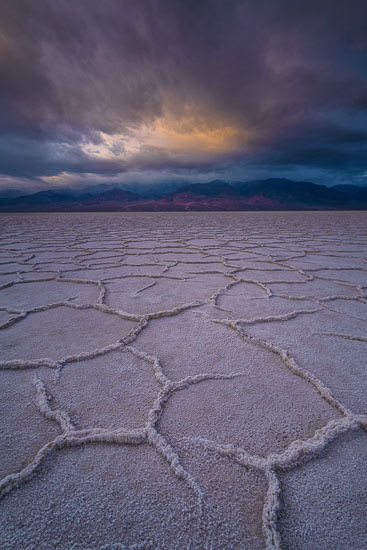
Do you have a dream location that you haven’t visited yet?
There are so many locations I would love to photograph and explore, and my list keeps growing every year. I would love to visit and have the opportunity to photograph Norway. It’s a very dynamic environment with many landscapes to photograph, along with some unique wildlife.

What’s in your camera bag?
I currently photograph with a Nikon D500 and D750. I have a few lenses, but the ones I use over and over again are my Nikkor 28-300mm and a Tokina 11-20 mm. I also use a Tamron 150-600 for super telephoto shots, whether it’s landscape or wildlife. I also use a polarizer on occasion, and my 6 and 10-stop Lee filters for when I’m experimenting with long exposures for a creative effect.
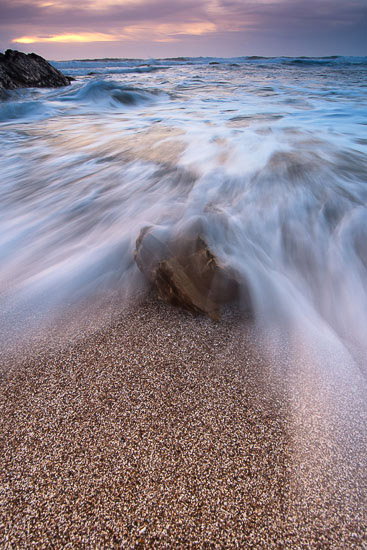
Aside from photography, what do you like to do for fun?
When I’m not photographing, I enjoy hiking, reading, writing, snow skiing and spending time with my horse, whether it’s trail riding or competing in barrel racing.
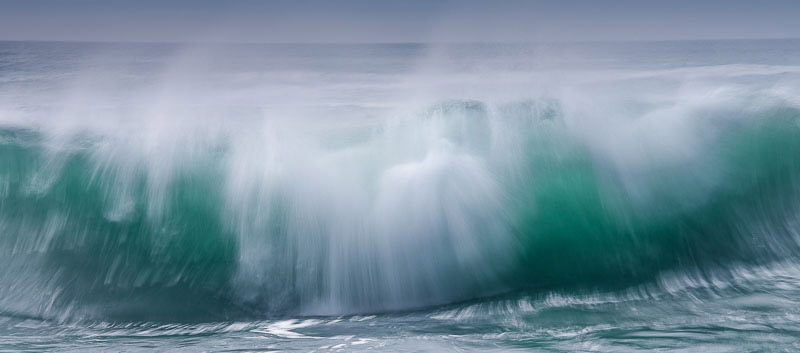
Connect with Jennifer:
If you’d like to see more of Jennifer’s work or get in touch with her, please use the links below:
All photos used in this post are © Jennifer Renwick, used with permission.